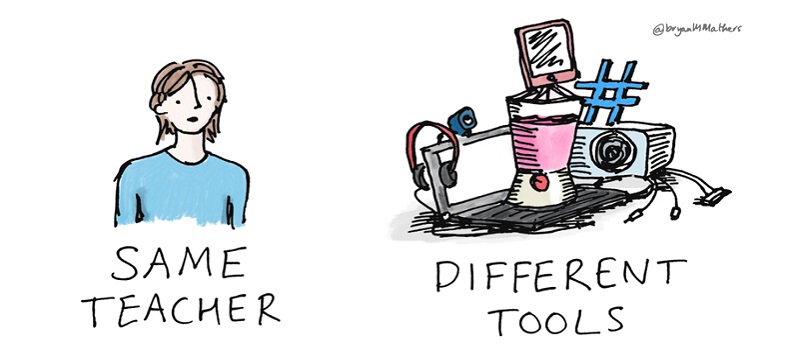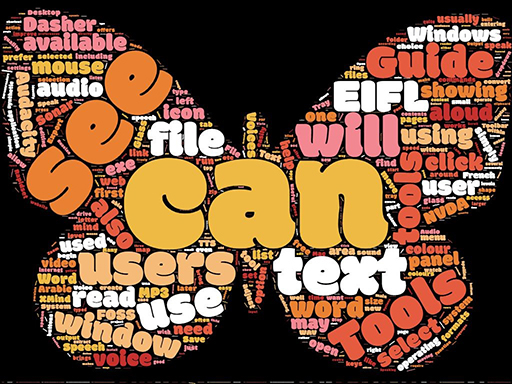1 What is assistive technology?
The term ‘assistive technology’ is used in this course to refer to any technology that:
- makes it possible for a disabled person to use a computer
- makes their use of that computer more efficient
- enables them to access online information such as online learning materials.
Assistive technology, or enabling technology, can also be used in a wider sense to refer to any technology used by disabled people to enable them to carry out a task. For example, a definition from Doyle and Robson (2002) describes it as ‘equipment and software that are used to maintain or improve the functional capabilities of a person with a disability’ (p. 44).
Assistive technologies can facilitate access to teaching material by bridging the ‘access gap’ between the teaching material and the learner. The materials may not have to be altered if it has been designed appropriately, and if the learner can access them using suitable assistive technologies. There is often a learning curve associated with becoming skilled in their usage, and this should always be borne in mind. Whilst assistive technologies may make the difference between a learner having access to learning materials or having none, they may not completely remove all barriers or provide the same experience that other learners are getting.
For learners to interact with online learning materials, the kinds of assistive technology they may need to use include technology that facilitates:
- access to a computer and the internet
- access to and manipulation of text
- access to and manipulation of sounds and images.
Assistive technology includes hardware such as scanners, adapted keyboards or hearing aids, and software such as text-to-speech or thought organisation software. Assistive technology is often associated with high-tech systems such as speech recognition software, but it can include low-tech solutions such as arm rests or wrist guards (adapted from Banes and Seale, 2002).
Introduction

